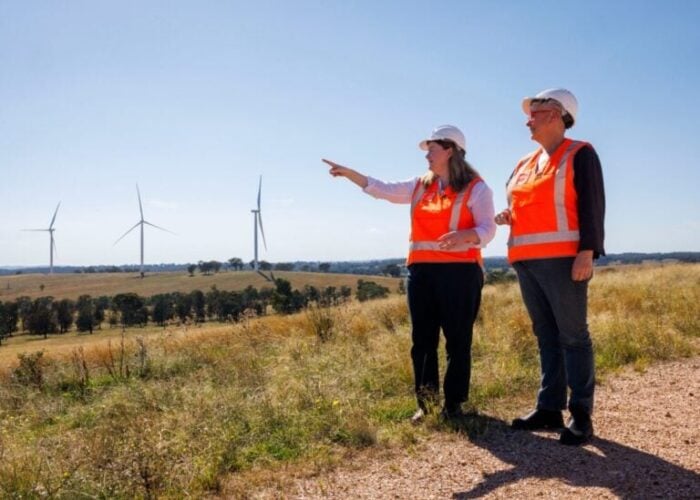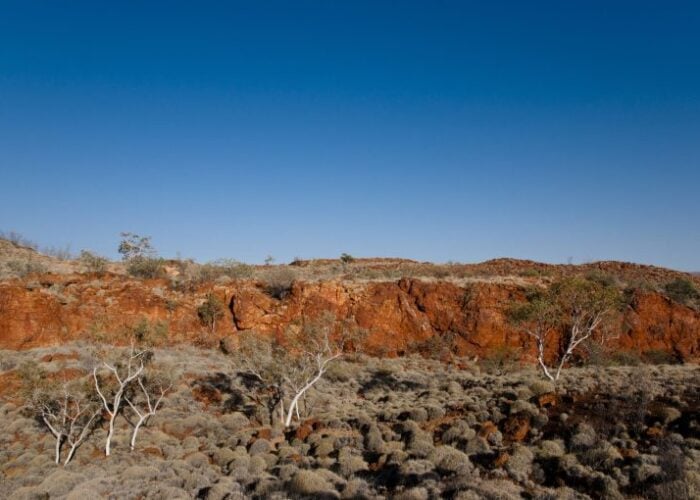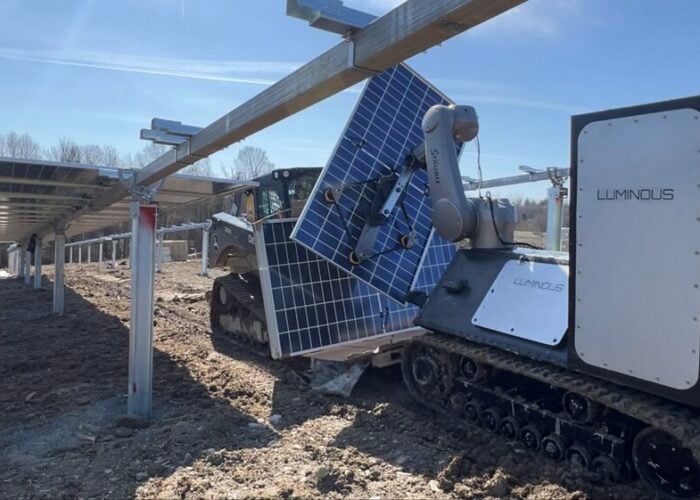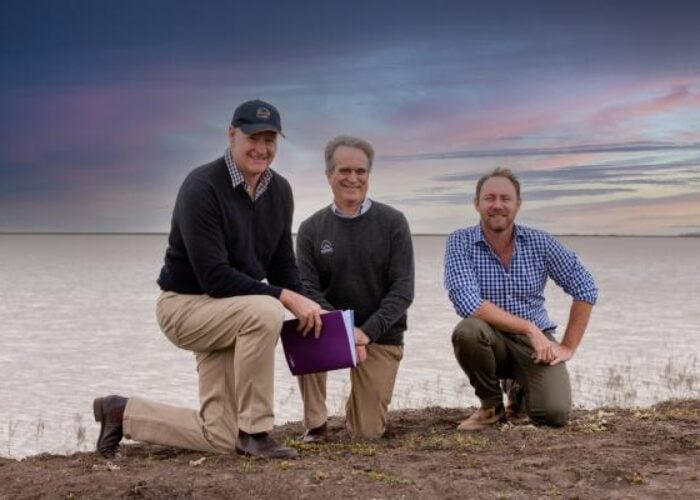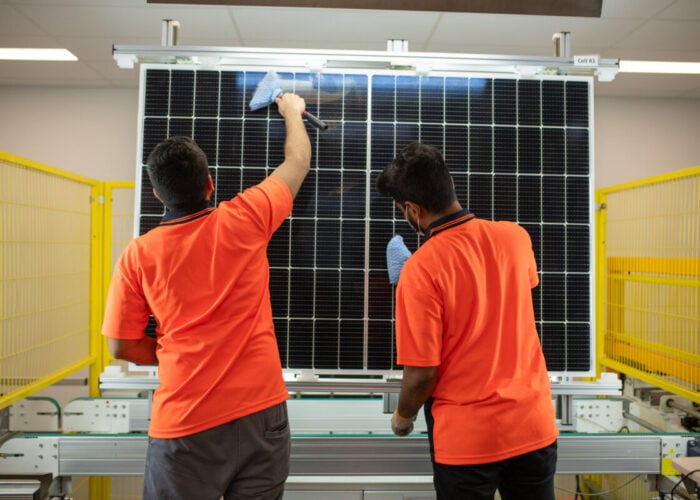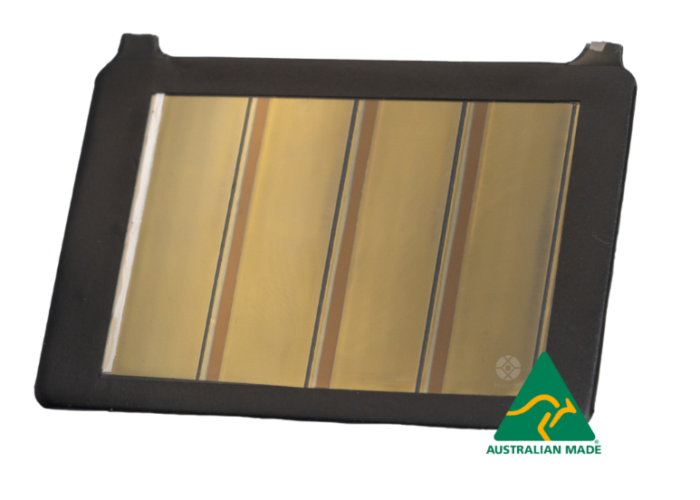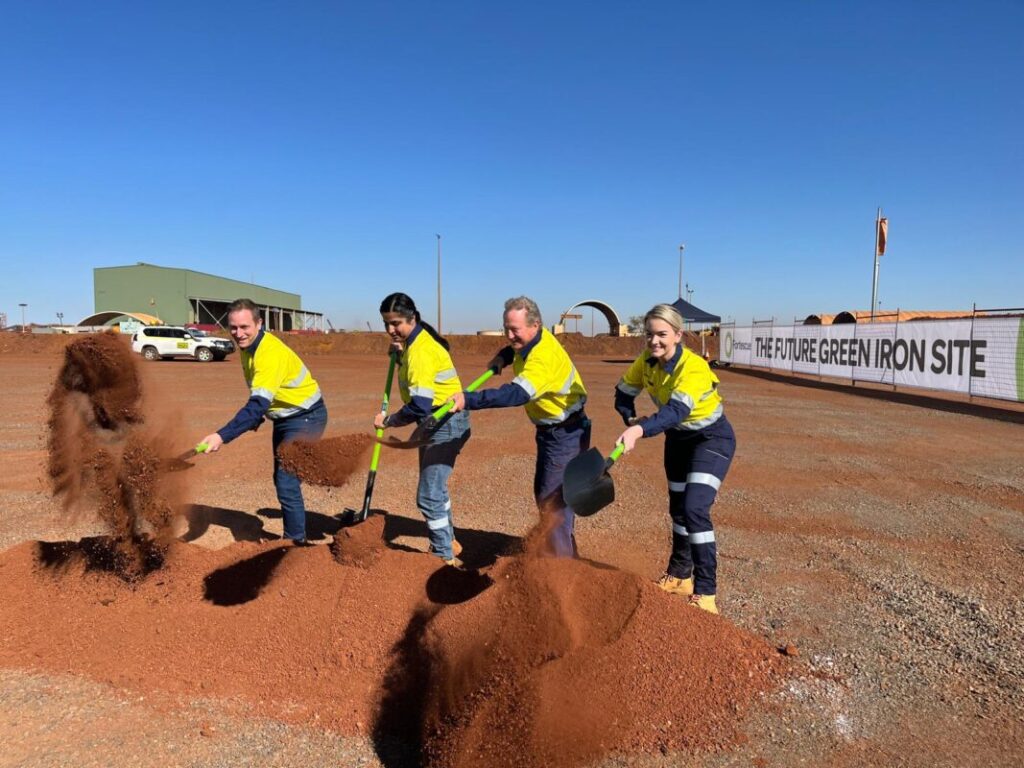
Australian mining giant Fortescue Metals Group has started constructing a US$50 million project in Western Australia. The project aims to harness solar PV to produce green hydrogen, which will be used to create green metals.
The Green Metal Project in the mineral-rich Pilbara region at Fortescue’s Green Energy Hub at Christmas Creek aims to produce more than 1,500 tonnes per annum of green metal, with the first production anticipated in 2025. Green metal has been identified as an economic opportunity for Western Australia, but the region requires investment in transmission infrastructure to supply green energy.
Unlock unlimited access for 12 whole months of distinctive global analysis
Photovoltaics International is now included.
- Regular insight and analysis of the industry’s biggest developments
- In-depth interviews with the industry’s leading figures
- Unlimited digital access to the PV Tech Power journal catalogue
- Unlimited digital access to the Photovoltaics International journal catalogue
- Access to more than 1,000 technical papers
- Discounts on Solar Media’s portfolio of events, in-person and virtual
A key component in developing green metal for Fortescue is using green hydrogen to power an electric smelting furnace. Fortescue has been a keen advocate for using the clean energy carrier globally and said it “remained steadfast” in supporting its development despite staff job cuts and a reduction of its 2030 production target.
Green hydrogen will be sourced from Fortescue’s gaseous and liquid hydrogen facility at Christmas Creek. The liquid hydrogen plant, which comprises a hydrogen liquefaction facility, liquid hydrogen storage and a liquid hydrogen refuelling station, was unveiled last week (16 August). It produces ~350 kg of liquid hydrogen per day from two 700kW electrolysers and has ~600 kg of storage.
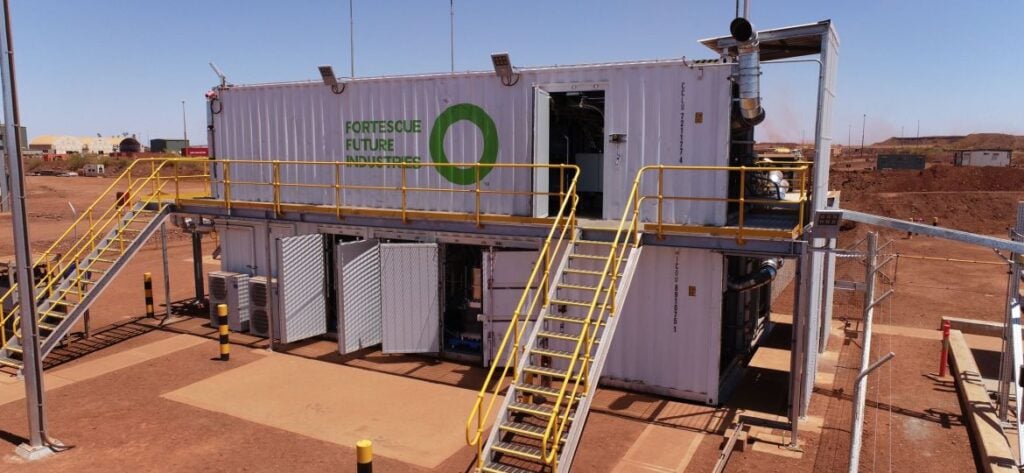
Fortescue stated that both Christmas Creek and Cloudbreak, an all-electric mining site in the nearby vicinity, are partly powered by around 160,000 solar PV modules, and thus, the technology will contribute to the production of green metals.
Dr Andrew Forrest, Fortescue executive chairman said the iron and steel is the “backbone of our infrastructure” and that rethinking the entire iron and steel value chain can produce an “entirely new, green industry here in Australia”.
“Today’s milestone is the culmination of bringing together green sustainable mining, large-scale renewable power and green hydrogen to produce green metal. Right now, we have a once in a generation opportunity to build a green supply chain, and Fortescue is wasting no time to seize it,” Forrest added.
It is worth noting that the organisation also switched on its 100MW North Star Junction solar PV farm in Pilbara last month. The project is currently running at a partial operational status and will be close to Fortescue Metal Groups’ Iron Bridge magnetite mine.
Iron Bridge produces a wet concentrate product that is then transported to Port Hedland through a 135km specialist slurry pipeline, where dewatering and materials handling occur. Plans are already in place to decarbonise the facility’s operations.

